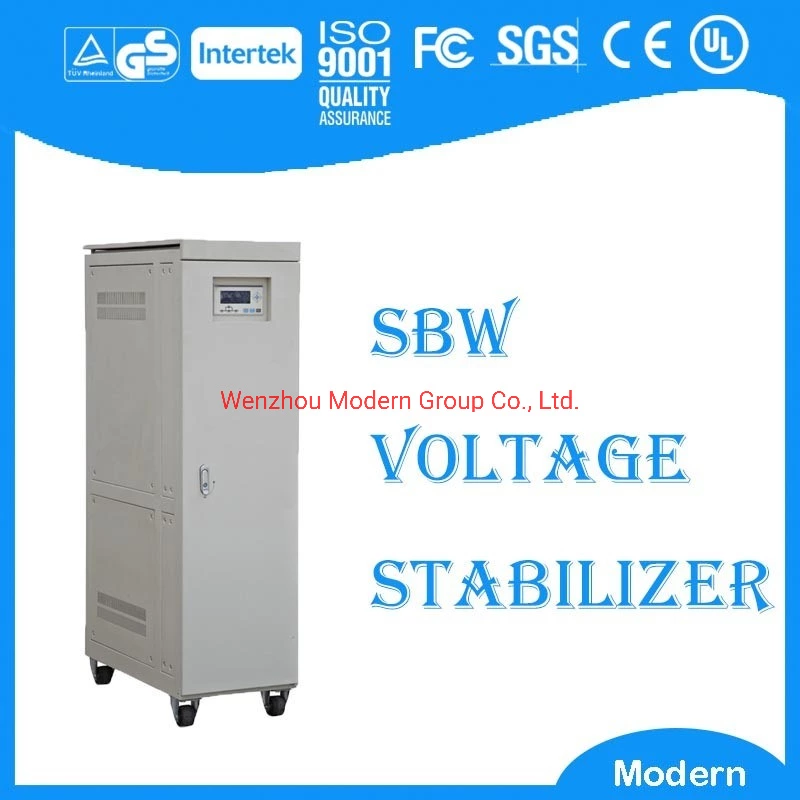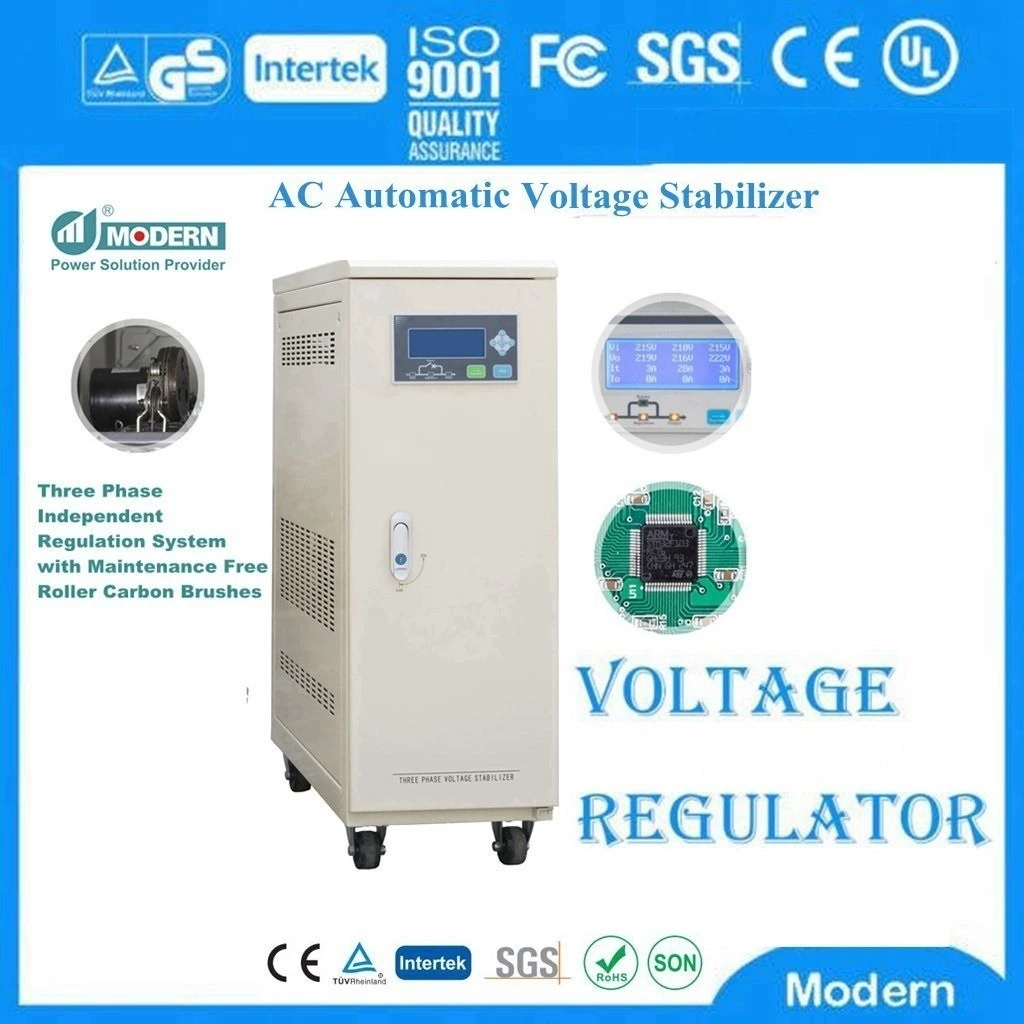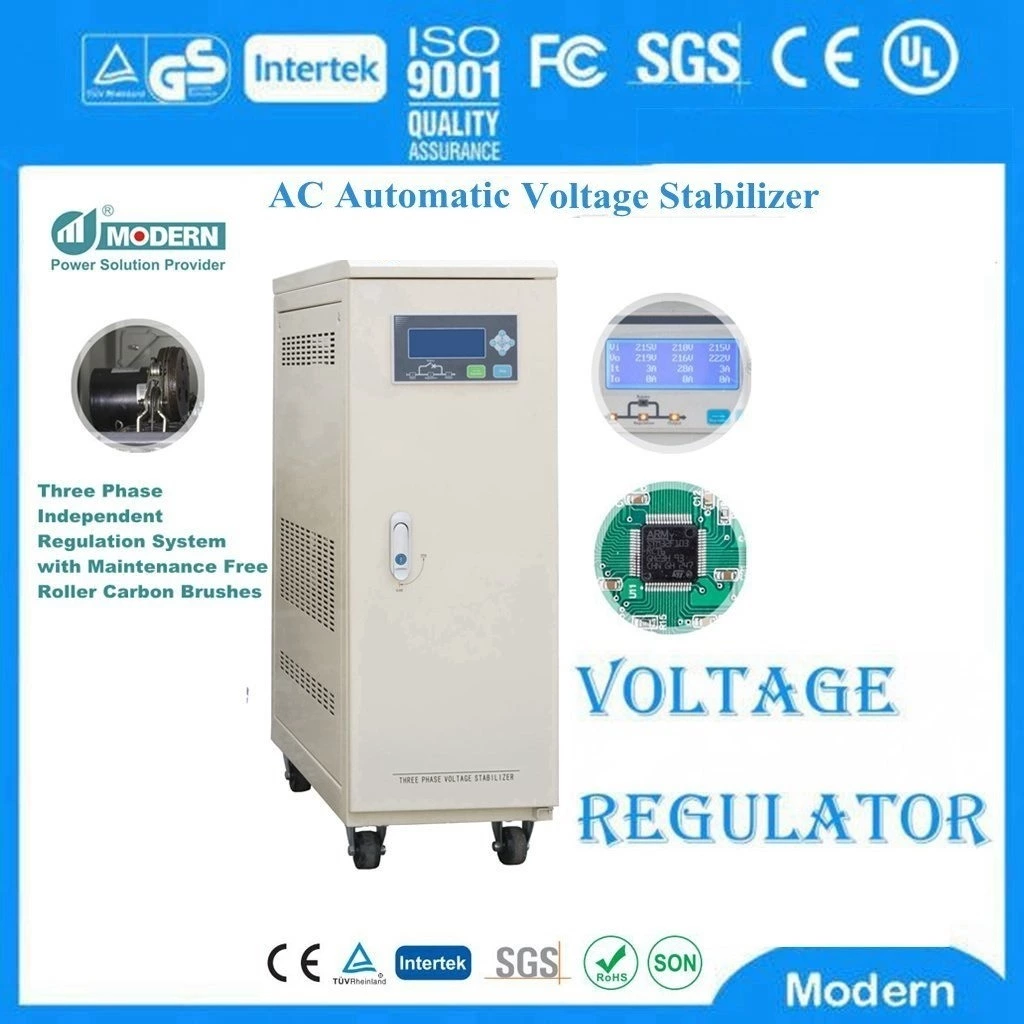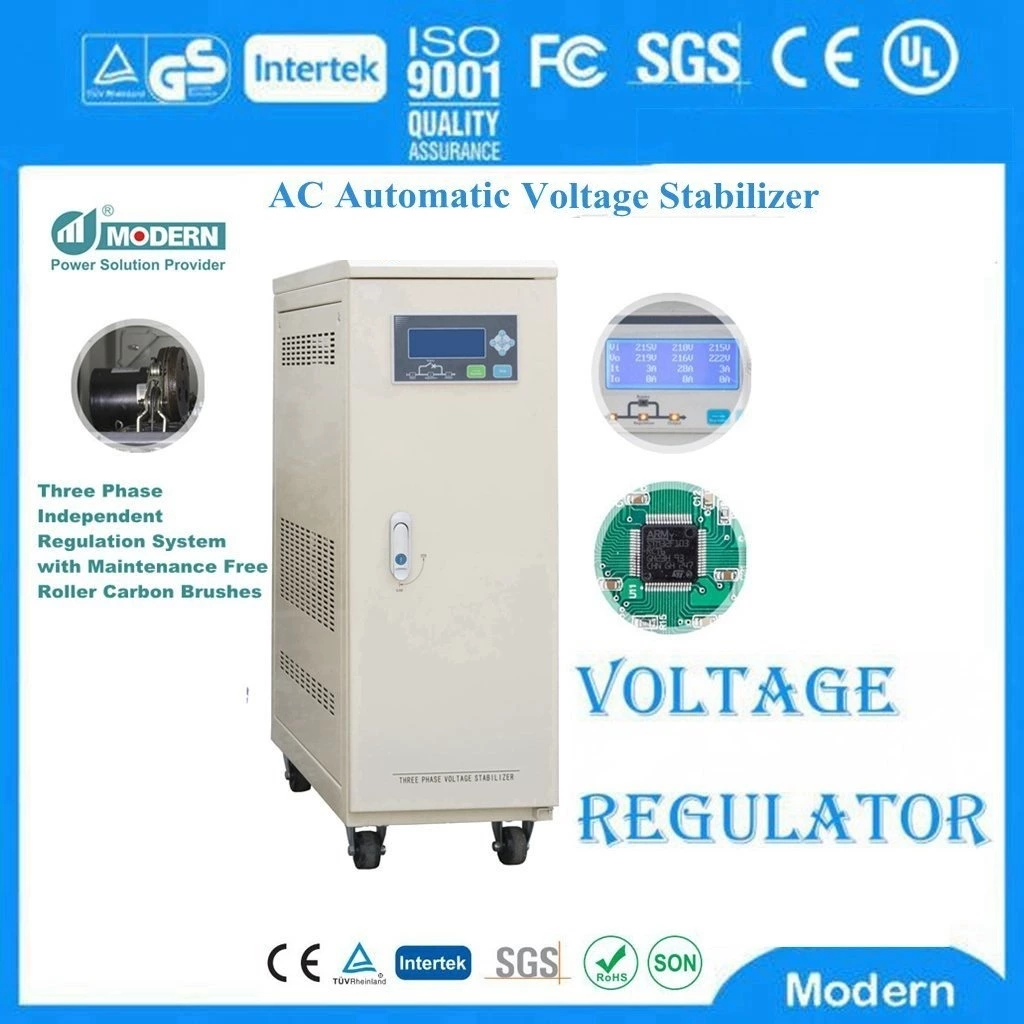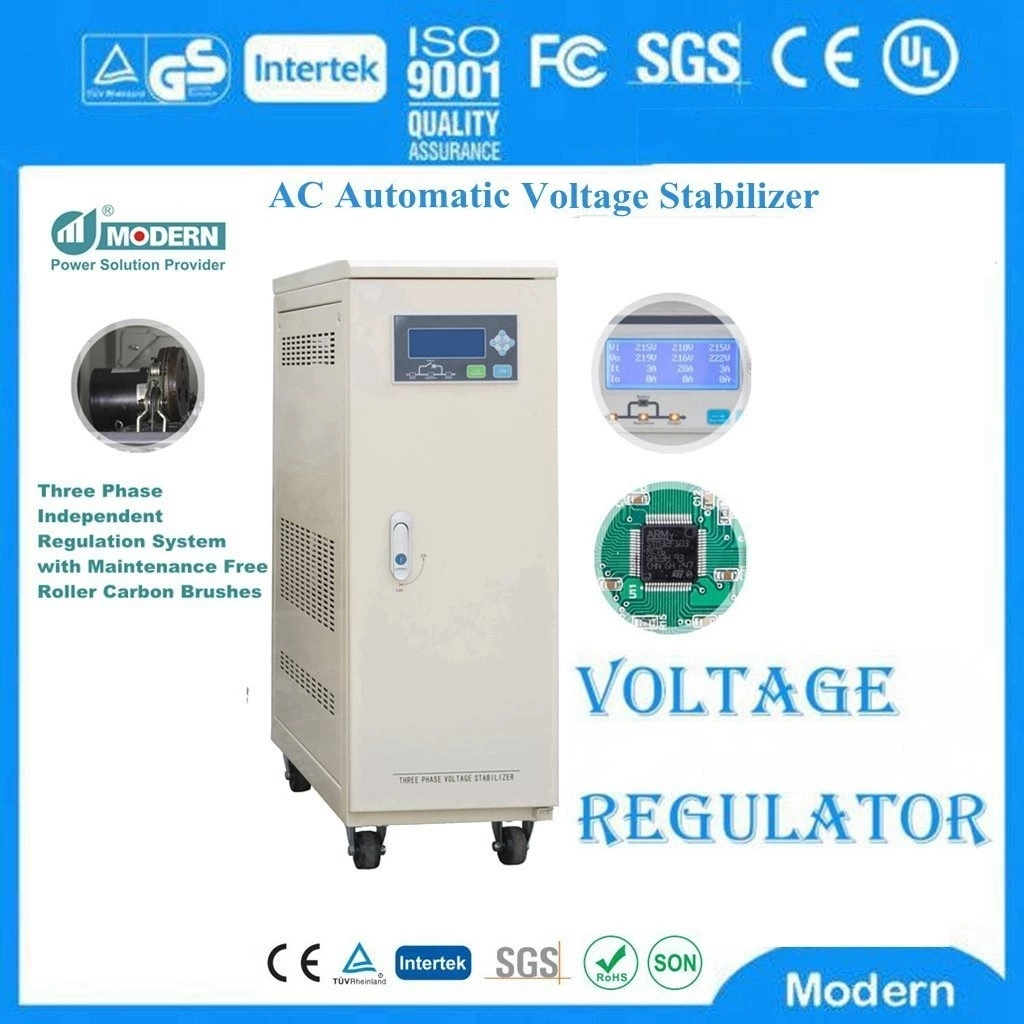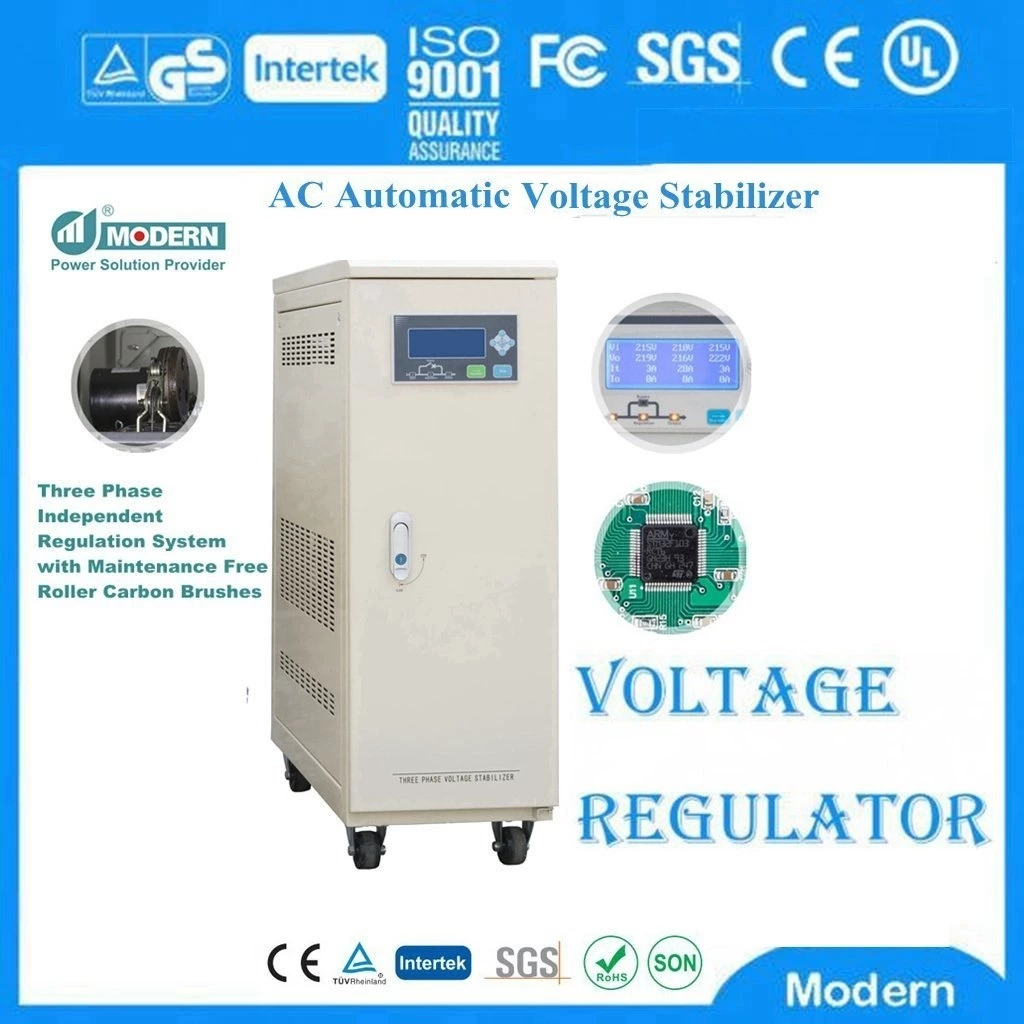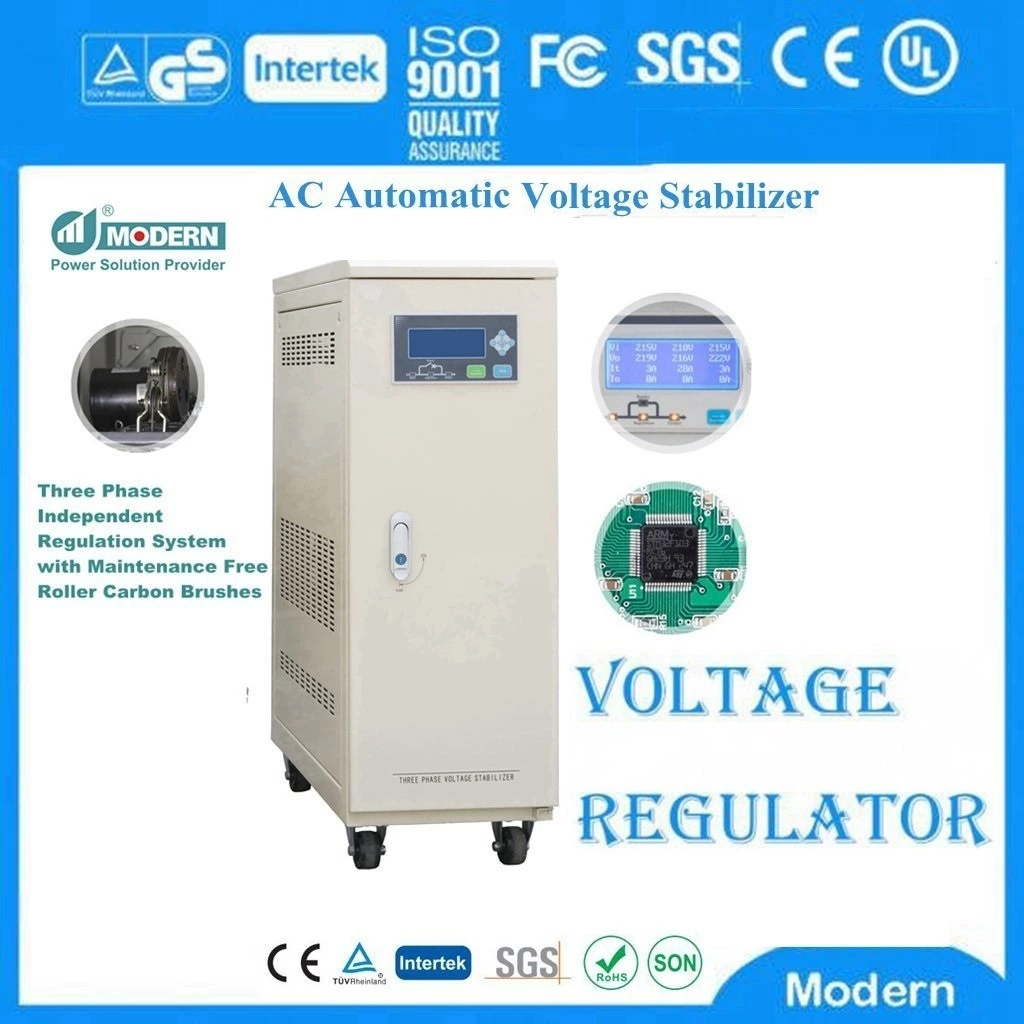Solutions To Automatic Voltage Stabilizer Failures
The following are some Automatic Voltage Regulator fault phenomenon cause analysis and treatment methods
1. Fault phenomenon: cannot start
Reason: input wiring is unreliable; no input voltage
Handling method: rewire and check whether there is any broken wire; use a voltmeter to measure whether there is voltage in the input wiring
2. Fault phenomenon: no voltage indication in a phase
Reason: the wiring of the terminal corresponding to the phase is unreliable
Handling method: check the connection status of the phase wiring and use a multimeter to measure whether there is a circuit break
3. Fault phenomenon: after starting, the voltage of each phase is unbalanced, and it is too high or too low
Reason: abnormal input voltage; input , Output line connected in reverse: Each phase does not work properly: Input neutral line is not connected or wiring is unreliable
Handling method: Check whether the power grid is normal; Check the wiring and correct it; Check whether the connection of each connector is loose; Connect the neutral line (If the neutral line is not connected, when adjusting the output voltage of a certain phase, the voltage of another phase will also change)
4. Fault phenomenon: The voltmeter on the panel indicates that the voltage of each line is seriously unbalanced
Reason: The voltage of each phase of the power grid exceeds its voltage regulation range; the load is seriously asymmetric
Handling method: Loads with high requirements for three-phase balance, such as three-phase motors, must be shut down and the power grid must be checked; adjust each load to ensure the balance of each phase as much as possible.
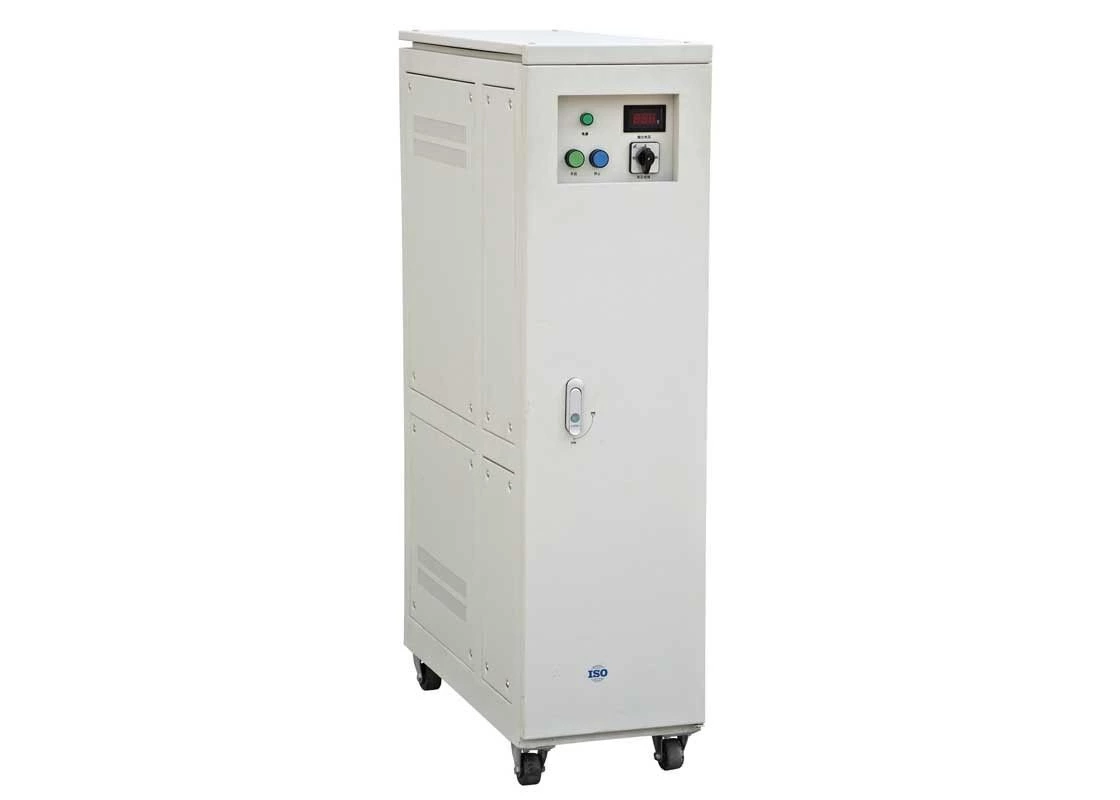
 Русский
Русский
 Français
Français
 Português
Português
 Español
Español
 اللغة العربية
اللغة العربية
